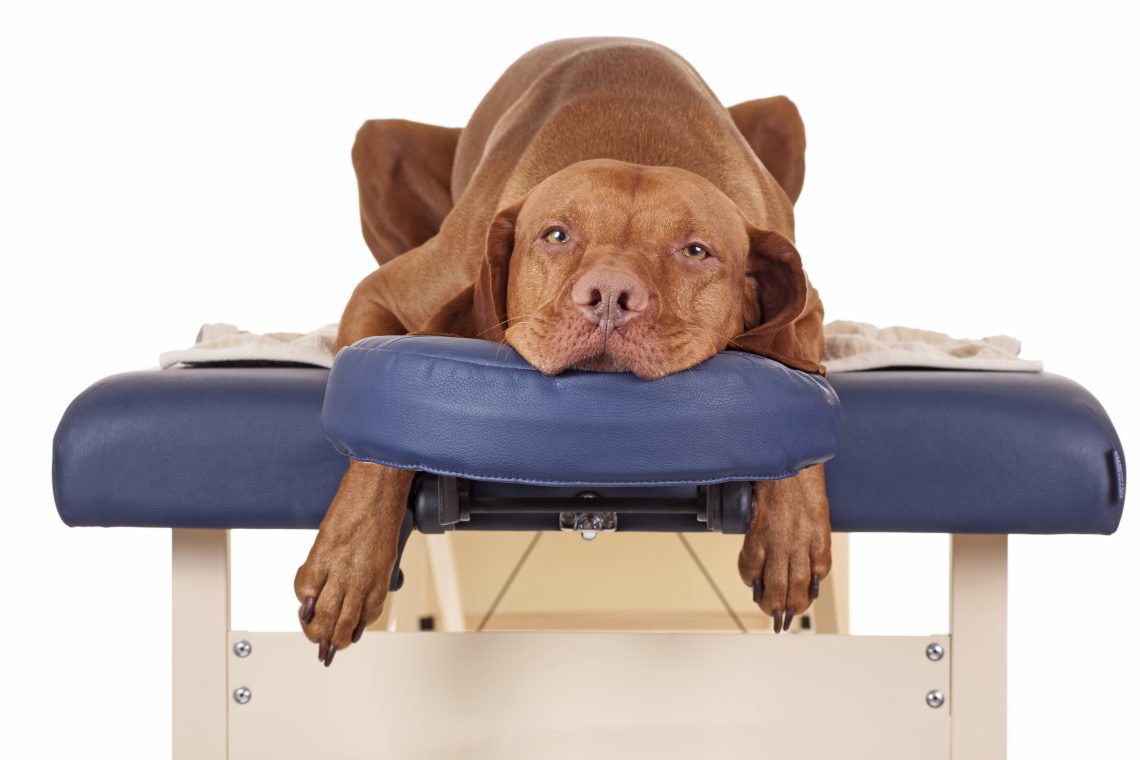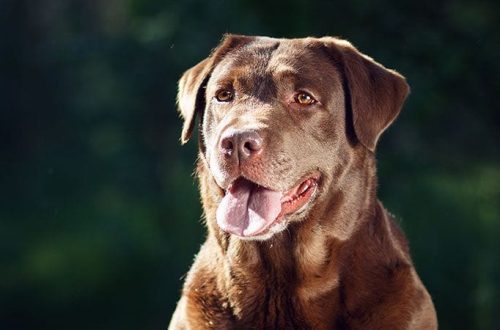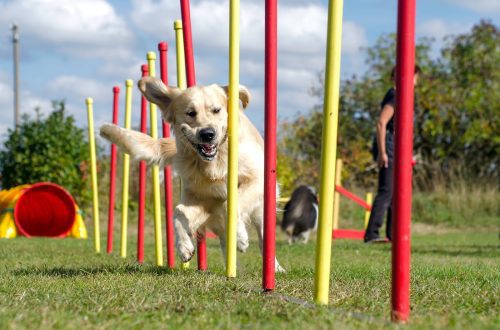
Massage for dogs
Massage can have a beneficial effect on a dog’s health and be a great addition to treatment.
Contents
Benefits of massage for dogs
- Relaxation.
- Reducing anxiety, fear.
- Improving the condition of the musculoskeletal system, joints, blood circulation, digestive system.
- The ability to detect pain points or fever in time.
Contraindications for massage
- Heat.
- Infection.
- Wounds, fractures.
- Renal failure.
- Inflammatory processes.
- Epilepsy.
- Fungal diseases.
How to massage a dog
Professional massage is best left to a specialist. However, ordinary massage can be mastered by any owner.
- Stroking the back, sides and abdomen.
- Grasp the tail with your palm, stroke from root to tip.
- With more intense rake-like movements of your fingers, stroke the dog from the belly to the back. The dog must stand.
- Put down the dog. Perform circular movements with your palm, move along the muscle fibers.
- Gently rub the dog’s paws and the area between the pads.
- End the procedure by stroking the entire body of the dog.
Relaxing dog massage
- Get ready and get the dog ready. Gently stroke her, speak in a low voice. Take a few breaths (slowly), shake your hands.
- With your fingertips, make gentle circular motions along the spine. First clockwise, then counter-clockwise. Keep your fingers off the dog’s skin.
- Walk in a circular motion at the base of the skull. Once the dog is relaxed, move to the neck (front). Avoid the trachea and muscles on both sides of the throat.
- Slowly move towards the base of the ear. This area is massaged very carefully – the lymph glands are located there.
Rules for dog massage
- Calm atmosphere – without extraneous sounds, other animals and active movement. Calm quiet music will not hurt.
- Massages are done indoors only.
- Use a table covered with a blanket.
- Let your dog move his head if he wants to.
- After a strenuous workout, a break is taken.
- Start the massage no earlier than 2 hours after feeding.
- Before the massage, clean the dog’s coat from dirt, twigs, etc.
- Start with very light touches and only then move on to deeper ones.
- Talk to your dog constantly.
- Pay attention to the dog’s reaction: expression of the eyes, movements of the tail and ears, posture, breathing, sounds.
- There should be no jewelry on the hands, the nails should be short. Do not use perfumes with a strong smell. Clothing should be loose, not restricting movement.
- Don’t rush, be careful.
- Don’t massage if you’re in a bad mood or angry with your dog.





